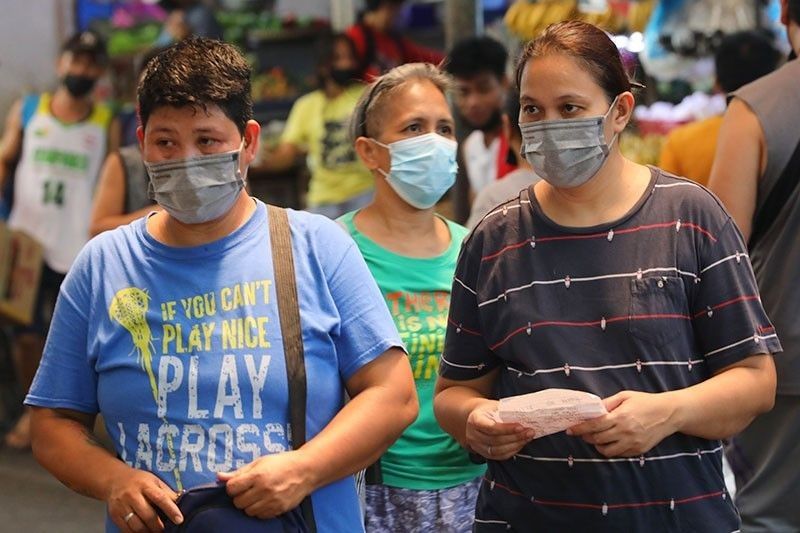OCTA: COVID-19 positivity rate rising in Metro Manila, nearby provinces

MANILA, Philippines — COVID-19 positivity rates are higher in Metro Manila and nearby provinces, think tank OCTA Research said Monday as it also noted that positivity rates are going down outside the capital.
Positivity rate refers to the percentage of COVID-19 tests that come out positive. The World Health Organization's recommended benchmark for opening economies is a positivity rate of at most five percent.
Only Zambales, which recorded a 4.4-percent positivity rate, managed to stay within that benchmark this week.
Based on data from the Department of Health, OCTA Research noted that provinces whose positivity rates rose in the past week include:
- National Capital Region: 15.6% (September 17) from 13.3% (September 10)
- Bulacan: 16.1% from 11.5%
- Cavite: 16.6% from 13.9%
- Laguna: 10.7% from 9.8%
- Pangasinan: 8% from 6.9%
- Rizal: 18.7% from 17.4%
Meanwhile, a number of provinces also saw marked improvement from September 10 to September 17.
These include:
- Albay: 10.6% (September 17) from 22.1% (September 10)
- Bataan: 5.5% from 7.1%
- Batangas: 9.4% from 10.2%
- Benguet: 6.8% from 9.2%
- Cagayan: 9.9% from 11.1%
- Camarines Sur: 20.6% from 30.0%
- Ilocos Norte: 9.1% from 9.6%
- Isabela: 11.5% from 15.7%
- La Union: 12.4% from 15.3%
- Nueva Ecija: 21.9% from 35.1%
- Pampanga: 13.3% from 15.1%
- Quezon: 9.3 % from 10.1%
- Tarlac: 33.2% from 33.7%
- Zambales: 4.4% from 10.0%
Sought for comment, infectious disease expert Dr. Benjamin Co pointed out in an online exchange with Philstar.com that only areas closest to Metro Manila were seeing upticks in cases.
"You have to take into consideration how dense NCR is. It's the smallest region and has the largest population. Almost 15 million people in 660 square kilometers of land area. Or 25,000 people per square kilometer," he said.
"With increasing mobility and school, it is inevitable that there will be a rise in cases again. And when NCR sneezes, the contingent provinces near it —Cavite, Bulacan, Rizal — will also see rising cases."
At the same time, increased mobility and relaxed restrictions with the opening of face-to-face classes and the removal of mask mandates might make for a more challenging situation ahead.
Co pointed out that after the past surge, there is again an uptick in the daily cases while Filipinos are not routinely testing with RT-PCR tests anymore.
"We remain focused on the healthcare utilization index which remains low for now. And that's a good sign," he said.
"Everyone should try to get a booster as soon as they can. This will not be going away anytime soon and the cases will take an up and down swing for a while. This is the nature of BA.5 and BA.4."
- Latest
- Trending

































